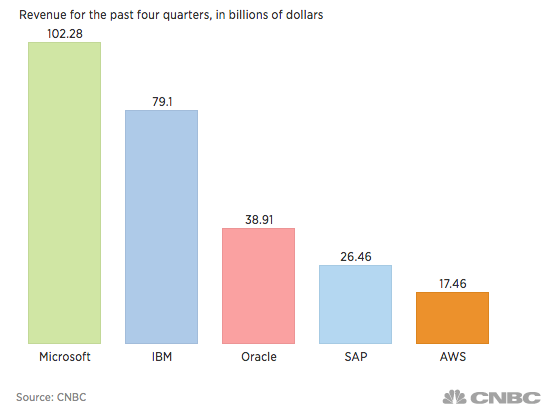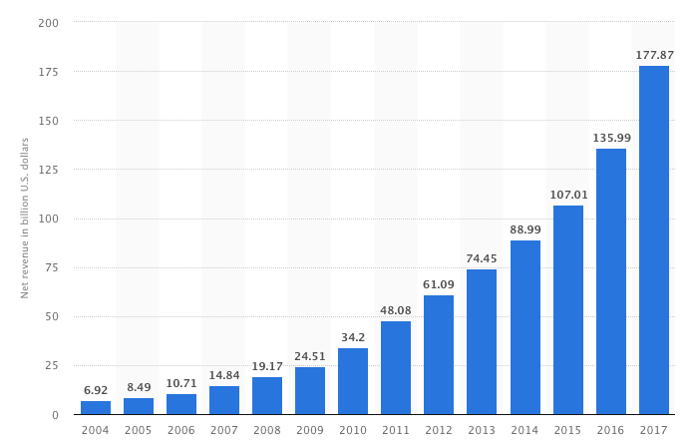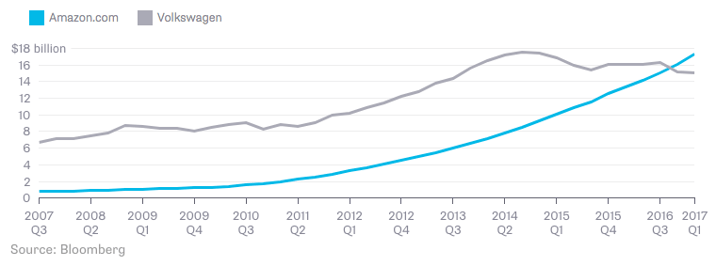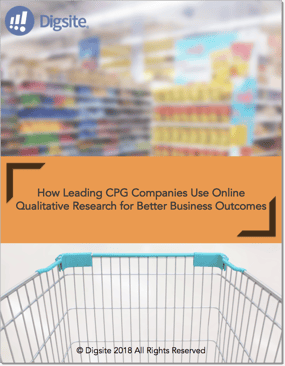
Today’s leading organizations are increasingly taking an agile approach. The benefits are numerous, deeply impactful, and often come quickly; like reduced risks, better products and happier customers. In fact, according to a recent study, 94% of companies say they’ve adopted some agile practices (but, to be fair; more than 60% of those companies' teams have not yet become agile). From the smallest startups to enormous industry juggernauts like Amazon, companies of all sizes are turning to agile methodologies to get things done.
Why are so many organizations embracing this modern way of working? The answer is simple: Agile companies are simply able to move faster than their peers—making better decisions along the way that lead to better outcomes.
While agile approaches are particularly common in the world of software development, organizations large and small are increasingly implementing agile principles in other areas of operations as well. For example, many of today’s leading consumer packaged goods (CPG) companies are increasingly turning to quick, qualitative research solutions to accelerate product development lifecycles and iterate much faster.
Success in today’s business environment demands a new approach. Companies of all sizes need to think differently and operate like today’s lean startups in order to thrive.
Lessons from Amazon
Amazon is a great example of a large company that thinks differently. But they didn’t suddenly decide that it was time to invest in research and become an agile organization. The company was built that way—right from the outset.
For example, Amazon founder Jeff Bezos always had a simple rule: The meeting is too big—and therefore too unproductive—if you need more than two pizzas to feed everyone there.
For Bezos, on the rare occasions when you should actually have meetings, you shouldn’t invite too many people. Otherwise, attendees are more likely to agree with one another than to express their unique ideas, thereby stifling innovation.
Amazon has built a nimble, agile approach into everything they do. It’s in the company’s DNA—which is a major contributor to their explosive success. Developers, for example, are routinely charged with researching and testing different variations of user interfaces so they are constantly aware of how customers respond to updates. Armed with that data, they’re able to ensure that the updates they ultimately roll out—and stick with—are demanded by their community.
Originally imagined as an internet book retailer, Amazon has added countless new offerings to its portfolio over the years. Amazon Prime, for example, began as a service that offered free two-day shipping on an unlimited amount of orders for $79/year. Since then, the program has expanded, adding streaming entertainment, ebooks, music and much more. The service currently costs $99/year and currently has more than 80 million members—good for $8 billion in annual revenue. Amazon has spent many thousands of hours and millions of dollars on research and testing at every step of the way to forge this path forward.
No conversation about Amazon is complete without its tech business—AWS— which is now the fifth biggest software company in the world.

The company hasn’t stopped there, either. Recently, Amazon’s acquired Whole Foods and opened up cashierless grocery stores of its own, too. The company has also experimented with an Uber-like service for deliveries, shipping packages via drone and a service that promises deliveries within two hours (in certain zip codes). It's these initiatives that have helped Amazon to grow their annual revenue to almost $178 billion. And it's their investment in research and development that has helped them get there.

[Statista: Net sales revenue of Amazon from 2004 to 2017]
Bezos has always been “customer-obsessed.” Amazon has mastered the customer journey and refuses to settle. Instead, they’ve embraced a culture of growth—one where research and development investments are not only a nice-to-have, they’re requirements.
Amazon's research approach is most clearly evident in its ability to move nimbly during times of adversity or challenge. Despite their massive success, Amazon hasn’t avoided failures. Products like Amazon Destinations, Amazon Local and the Fire Phone stumbled quickly after launch. Amazon quickly augmented sales figures with customer feedback and further research to determine the issues and product/market fit. Ultimately, the results were not compelling and Amazon was able to mitigate further losses and scrap the products, shifting energy into higher ROI products and markets.
This agile approach is what allowed Amazon to thrive while their competitors failures defined them.
The company’s approach to innovation—try out ideas, test them, iterate, implement the good ones, shut down the bad ones—has proven remarkably successful.
No one can deny Bezos is a very smart man. But he hasn’t made great decisions for Amazon based on hunches alone. Instead, he built an organization upon a foundation of agile principles that understood, from the beginning, how important it is to capture data, iterate often and never get comfortable. Suffice it to say it’s worked out quite well.
As Amazon proves, the ability and willingness to iterate quickly with confidence, without the heightened risk of failure—coupled with the people and mindset needed to thrive in agile environments—is what sets the winners apart from the losers in today’s customer-centric marketplace.
What is Research's Role in This?
Technology powers agile companies. From collaboration tools to project management trackers to process automation, new tech is being used to drive the agile revolution.
In the age of big data, a company’s approach to research can make or break their bottom line. Without access to timely and accurate data and insights, it becomes more difficult to make the right decisions—especially considering your competitors likely have access to that critical information themselves.
Thanks to new research solutions, agile companies don’t have to shoot in the dark when making decisions. By investing in online qualitative research tools, companies can get access to the in-context insights they need—when they need it—while operating under an agile methodology.
For these reasons, forward-thinking companies are retooling their approach to research and investing in modern qualitative solutions engineered specifically for agile organizations. As a result, they can move faster than ever before with the peace of mind that comes with knowing they’re making the right decisions—eliminating significant risks throughout their development processes.
On the flipside, organizations that are slow to adopt new tools and continue leveraging outdated research methods—which generally spend more money and waiting several weeks for findings to trickle in—will have a much more difficult time being fitting research into the tight product or marketing development schedules expected by senior management.
The Move to Agile
Keeping pace with evolving competition requires constant feedback and research. How else will you know that the moves you’re making are the right ones? It also requires a mindset shift amongst employees—who need to change themselves in order to adapt to a faster-paced working environment.
A larger and larger portion of work—from marketing to engineering to sales—is happening in a more agile way. To accommodate this shift, organizations need to invest in new tools and solutions that were designed specifically to support the agile methodology. They also need to create new processes and policies that help their companies evolve.
If your company is still waiting five weeks—or even longer—to get research results, you are falling behind. It’s that simple. And in an environment where deadlines and turnaround times are only decreasing over time, you are further stressing relatinships within your teams and with executives.
Your smartest competitors have almost certainly moved to online qualitative research solutions which enable them to get affordable answers to those pressing "why" questions in as fast as 24 hours. This allows them to iterate new product designs quickly, leveraging rich insights from their target customers to improve their offerings while ensuring products are well-received when they’re ultimately released.
Need some more convincing about the importance of quick, high quality qualitative research? Look no further than Amazon, who spends more money than any company in the world on research—to the tune of $17.4 billion annually.

Does your organization have the tools it needs to succeed? Can you conduct research quickly and iterate early and often, like Amazon, to ensure the best results for your product releases and campaigns?
If the answer is no, all hope is not lost—quite the contrary. Learn how you can leverage modern online qualitative research solutions to get to the next level in our whitepaper!





